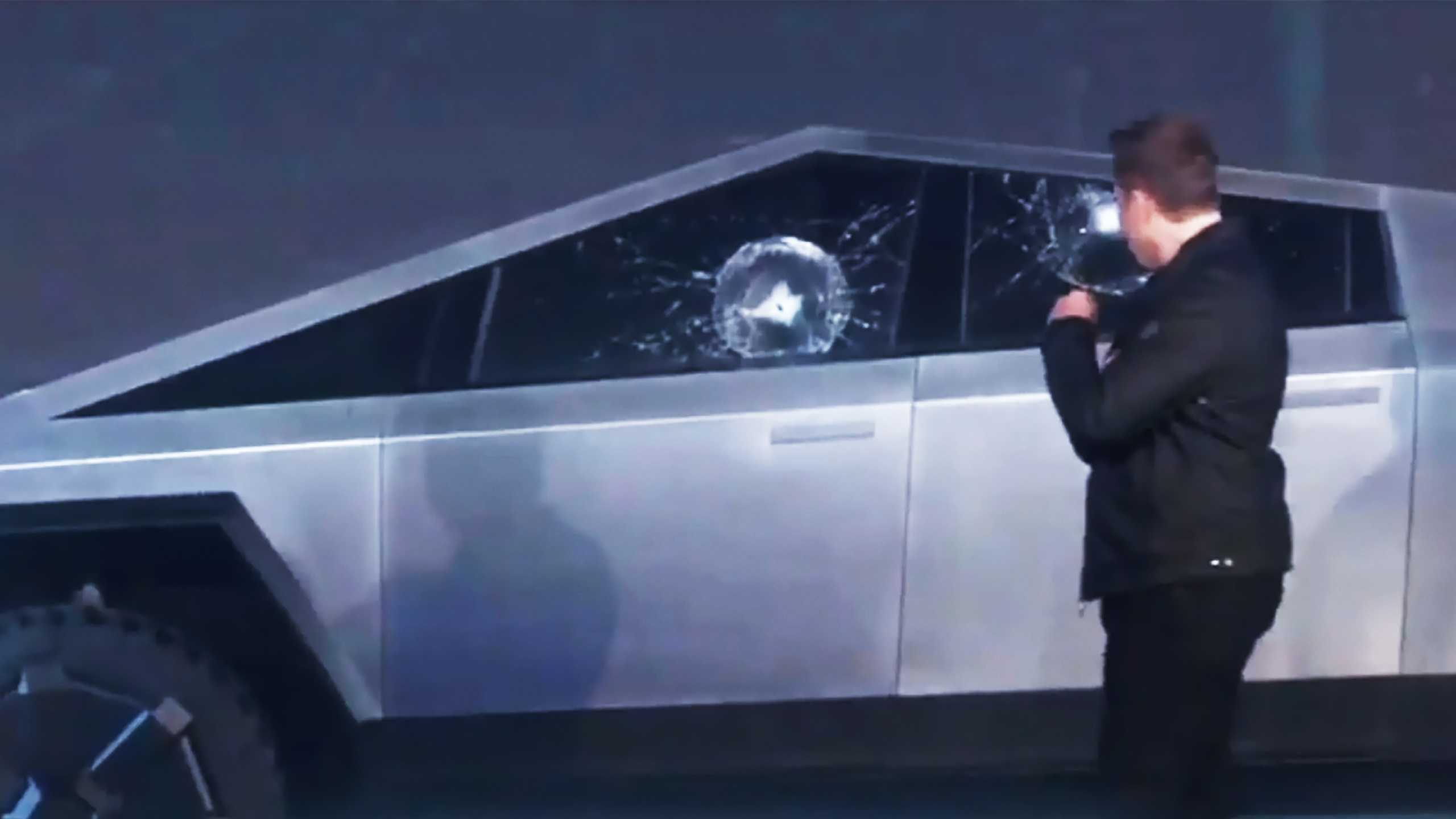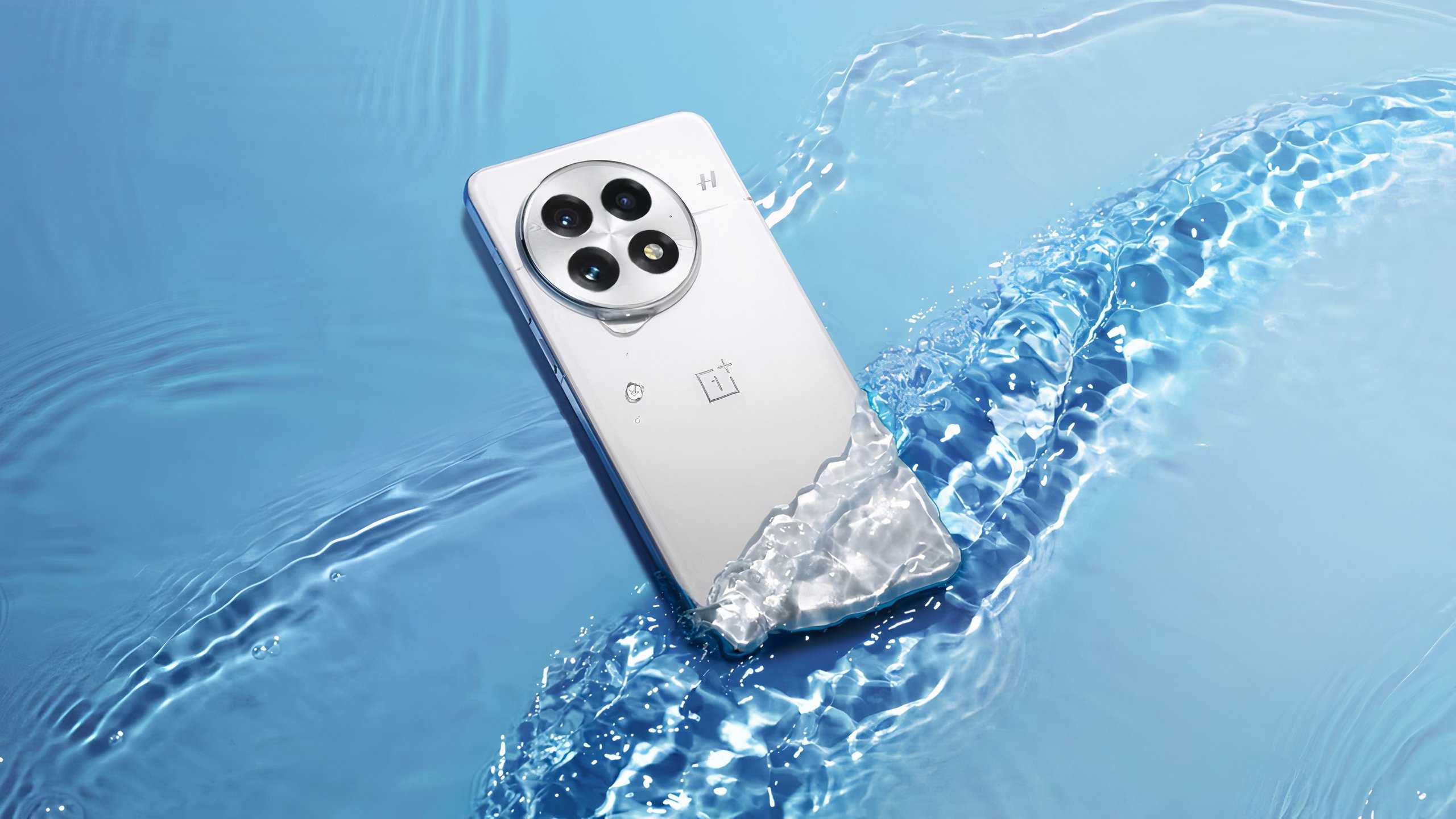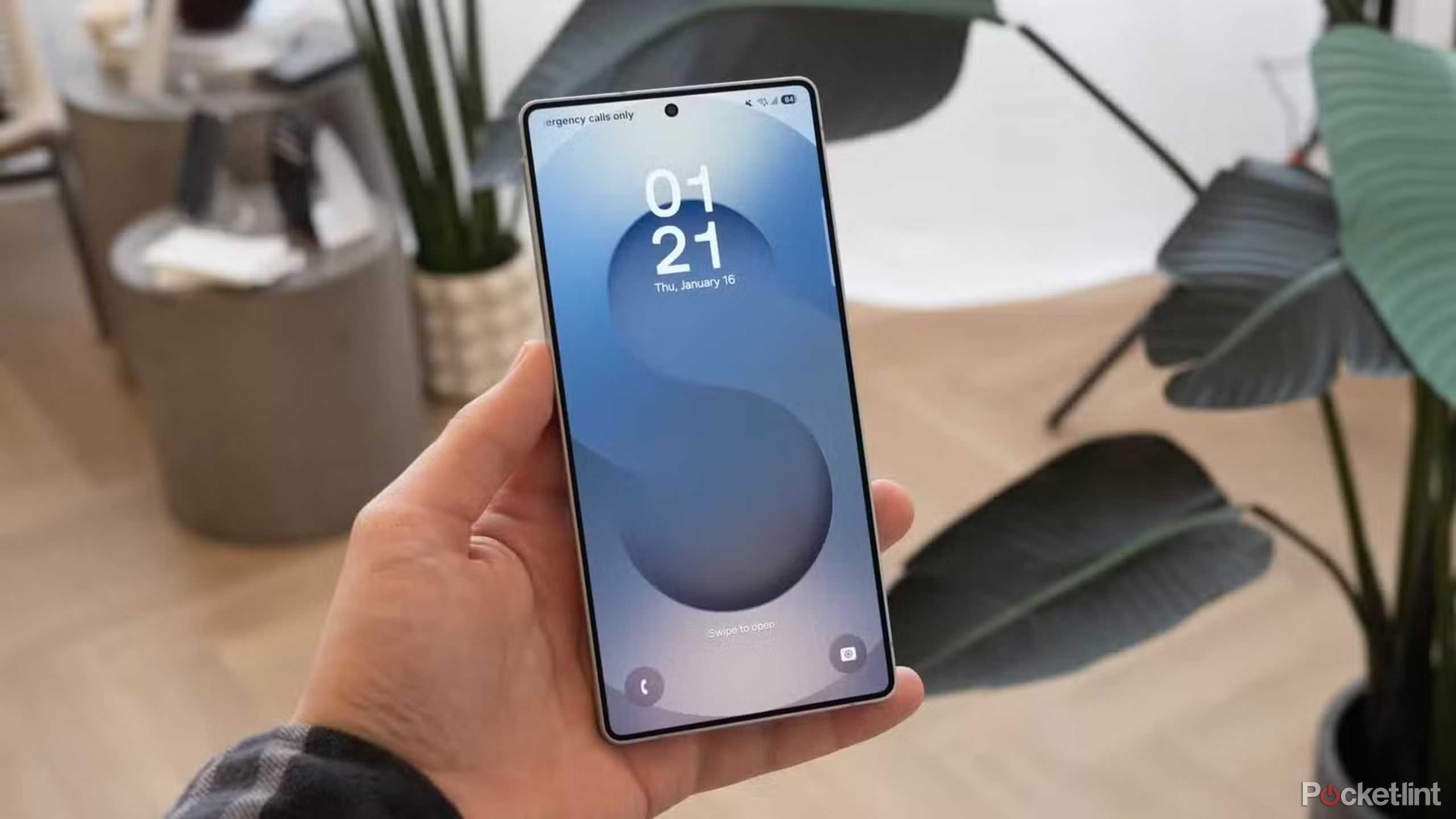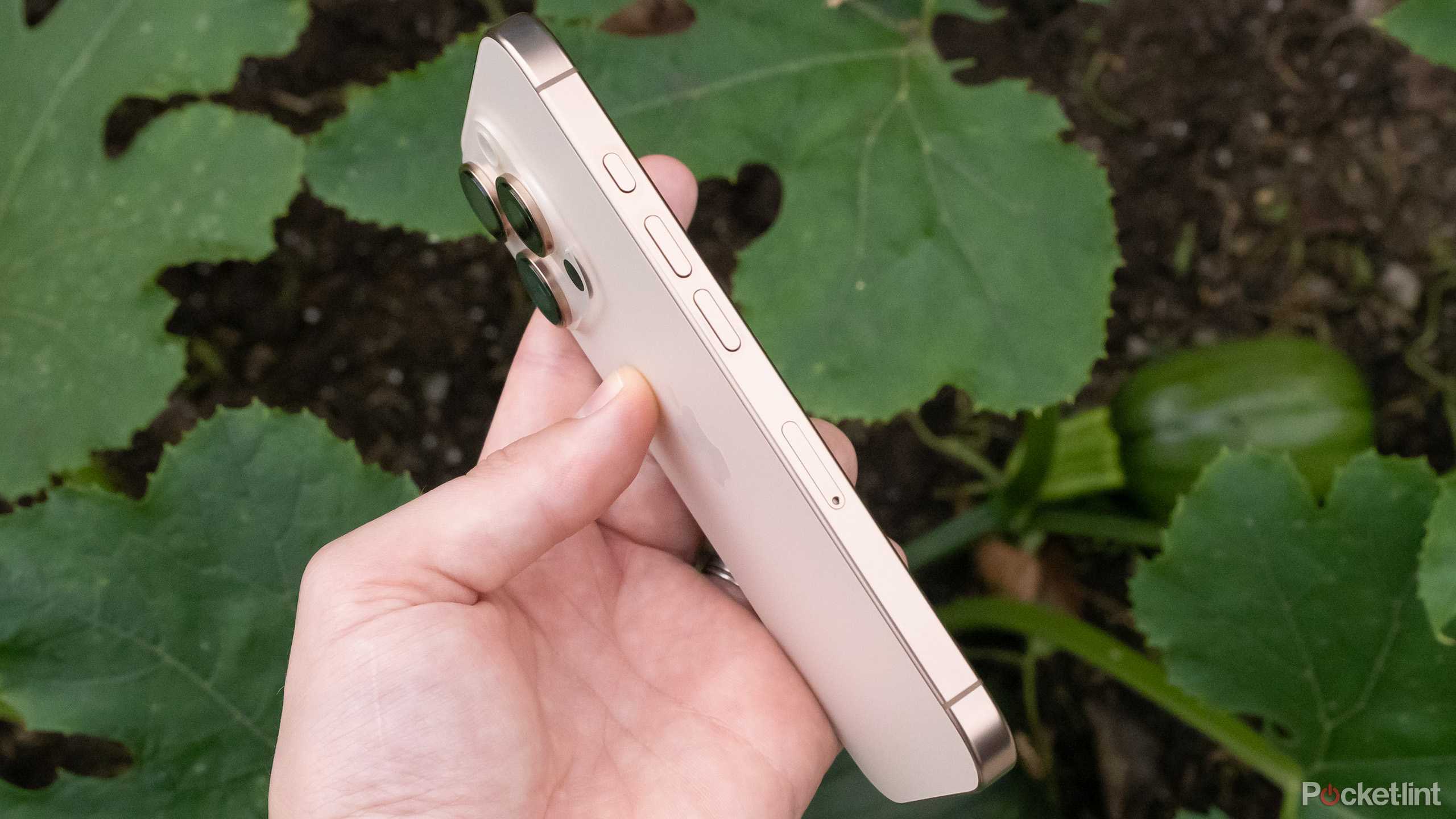- Contemporary smartphones are tougher but often require robust cases for enhanced safeguarding.
- The IP68 water resistance is excellent, however, IP69/IP69K is required for even harsher environments.
- Narrow borders make screens more susceptible to damage, hence elevated rims on case protectors are essential for safeguarding them.
To give credit where credit's due, modern smartphones can be pretty resilient. My iPhone 16 Pro For example, it features a titanium casing along with shatterproof and scratch-resistant glass. In terms of waterproofing and dust resistance, it boasts an IP68 rating It is essentially impervious to dust and can withstand being submerged in freshwater up to 6 meters (19. 7 feet) for 30 minutes. Contrast this with the initial model. 2007 iPhone didn't have an IP rating at all. You were taking quite a gamble the moment you went outdoors. Even your home or office was risky -- it's not like kitchen tile is that much softer than asphalt.
We've still got a ways to go, though, before I'll be confident taking a phone anywhere without a case. Indeed, we've actually gone backwards in some ways from the pre-smartphone era. I doubt companies will solve that anytime soon, given their priorities, but it's worth pointing out issues in the hope that they do.
It remains overly simple to ruin the rear part of your smartphone.
Form shouldn't triumph over function

While many phones now use titanium or aluminum shells to protect their internal components, these materials are typically paired with some form of Corning Gorilla Glass (or an equivalent). Corning's engineers seem to be doing good work -- at the end of the day, however, glass is glass, as Tesla demonstrated all too vividly with the Cybertruck. It's still going to crack or scratch when enough force is applied, and no one wants to carry around a phone with ugly spider fractures on the back. That's why I always recommend people buy rugged cases for their phones instead of something slimmer and more attractive. There's no sense risking your phone's resale value in the name of chasing good looks.
Smartphone manufacturers and consumers should move past the desire for "stylish" gadgets. Personally, I would prefer thick plastic or even rubber instead of glass. These were the materials used in many early mobile phones, such as the notoriously durable Nokia 3310, which was renowned for being extremely robust. run it over with a car I seriously doubt it would cause significant harm. Pixel 9 owners are eager to repeat that experiment.
I doubt we'll get a better balance of form versus function, given how image-driven consumer tech is, but hey -- it's worth asking.
Sometimes IP68 isn't enough
Thousand-dollar phones deserve thousand-dollar protection

Honestly, in most circumstances, IP68 water resistance is excellent. It'll save your phone if you accidentally spill some sambuca on it at the bar, or drop it in the toilet or bathtub at home. You'll even be fine if you get caught in a rainstorm. It's a wise idea to dry a phone off after any liquid exposure, but for most practical purposes, a lot of modern devices are waterproof. I'm still amazed by that occasionally, remembering what things were like as a '90s kid. It doesn't feel like any device with an open port should be safe.
Note that I said "most" purposes and "a lot" of phones. You still can't take most phones in the shower, let alone swim with them, and you may be truly screwed if you drop your phone in pool or ocean water. Chlorine and salt tend to eat through a device's water seals. There's probably little phone makers can do about those corrosive substances, but I'm hoping that the industry will eventually move towards standardizing IP69/IP69K resistance -- enough to protect against jets of high-pressure, high-temperature water. There are very few IP69 phones on the market at the moment, perhaps the best known being the OnePlus 13. It could be the harbinger of a new trend, if we're lucky.
Screens are too exposed
A little raised bezel won't kill you

For well over a decade now, the trend in smartphones has been towards thinner and thinner bezels, or in some cases eliminating them completely. There are some practical benefits to this -- it becomes easier to swipe things on- and off-screen, for example -- but it's mostly done for visual appeal. Shoppers seem to associate minimal bezels with advanced design, presumably because thick bezels were unavoidable with earlier technology. There was no way Samsung's first Galaxy S was going to duplicate the look of the Galaxy S25 Ultra.
There's a reason why many cases have raised lips, though -- the closer a phone's screen glass gets to the edge, the more likely it is to crack or scratch in a drop. No one should have to buy a case to prevent this damage, especially when it's perfectly possible to build a raised lip directly into an aluminum or titanium body. It's not even a sacrifice in aesthetics, really -- it can look pretty stylish if it's done right.
Things actually get worse if you add foldables into the mix. All foldables have two displays, with the internal one actually being the most vulnerable, owing to softer materials and a higher risk of dust intrusion. You can get a water-resistant foldable, but not really a dustproof one.
Cosmetic damage is all too frequent
What's the point of color that scratches off?

Of course, there’s some repetition here compared to what I mentioned earlier, but I felt compelled to highlight that despite all the attention paid to design and appearance by smartphone manufacturers, these devices remain highly susceptible to damage. Consider this: Would you dare place your iPhone 16e alongside your car keys in the same pocket? Likely not, because constant rubbing against each other could lead to scratches over time. This practice isn’t advisable anyway; however, smartphones continue to exhibit frailty issues. Moreover, women often lack dedicated pockets in much of their clothing, forcing them to store phones inside bags or purses where items can easily collide and cause harm.
The abundance of glossy finishes and uncovered glass is worrisome. Additionally, the coloring on these devices tends to fade, peel, or get scratched quite easily. While this doesn’t impact functionality directly, it can be disappointing after investing over $1,000 in an iPhone 16 Pro to witness parts of its colored finish deteriorate within just a few months. For this reason, I promptly put protective cases on all my smartphones—and even my Apple Watches—from day one. Critics may laugh at using cases for watches until theirs gets damaged by something like a door handle, costing them around $800 for a high-end model.
0 Response to "4 Reasons Smartphones Are Still Far From Durable Enough"
Post a Comment